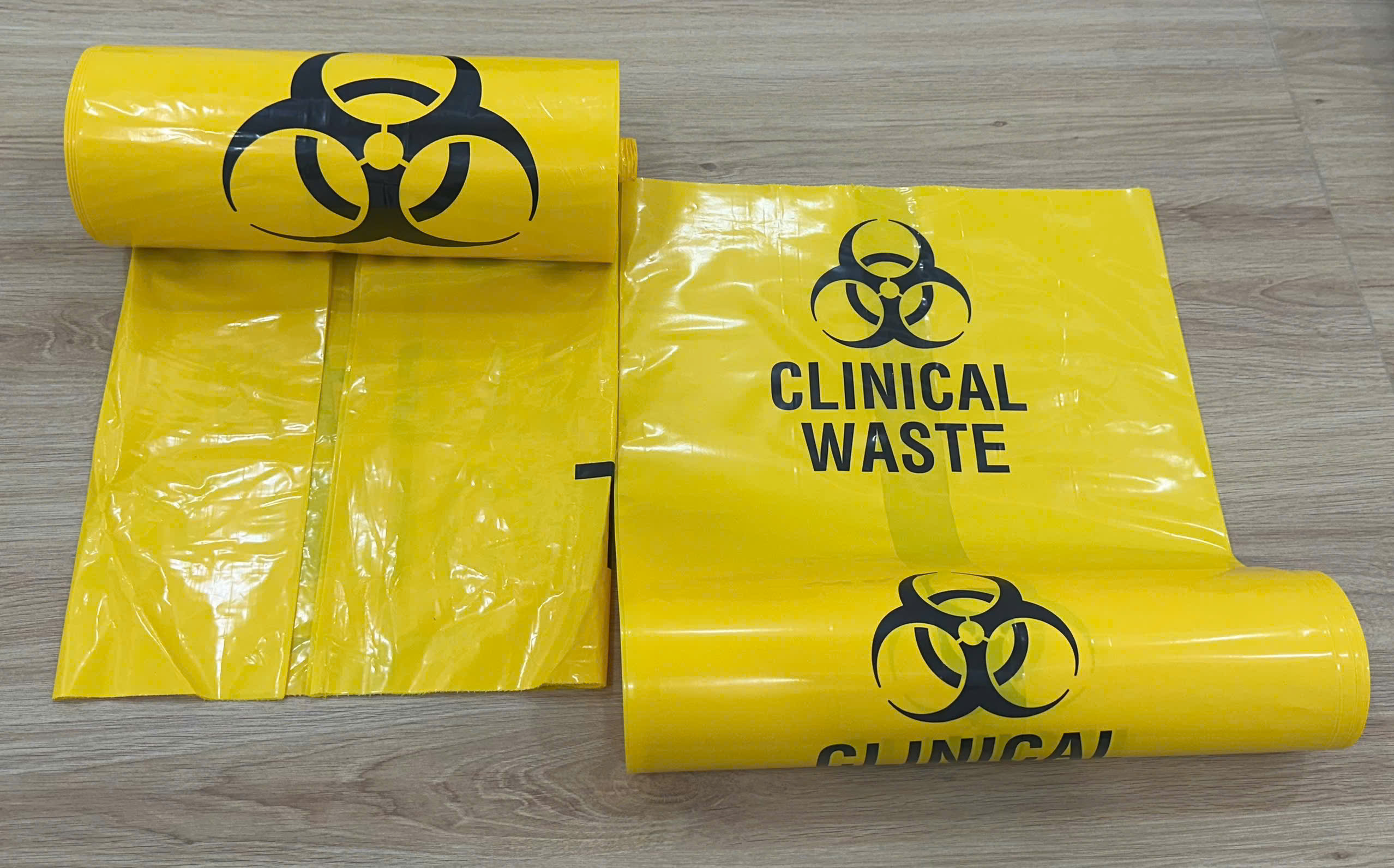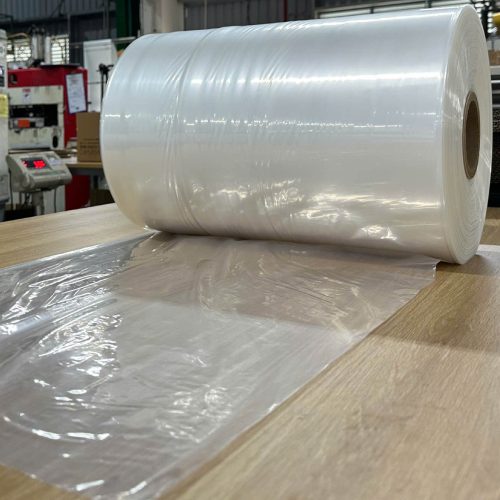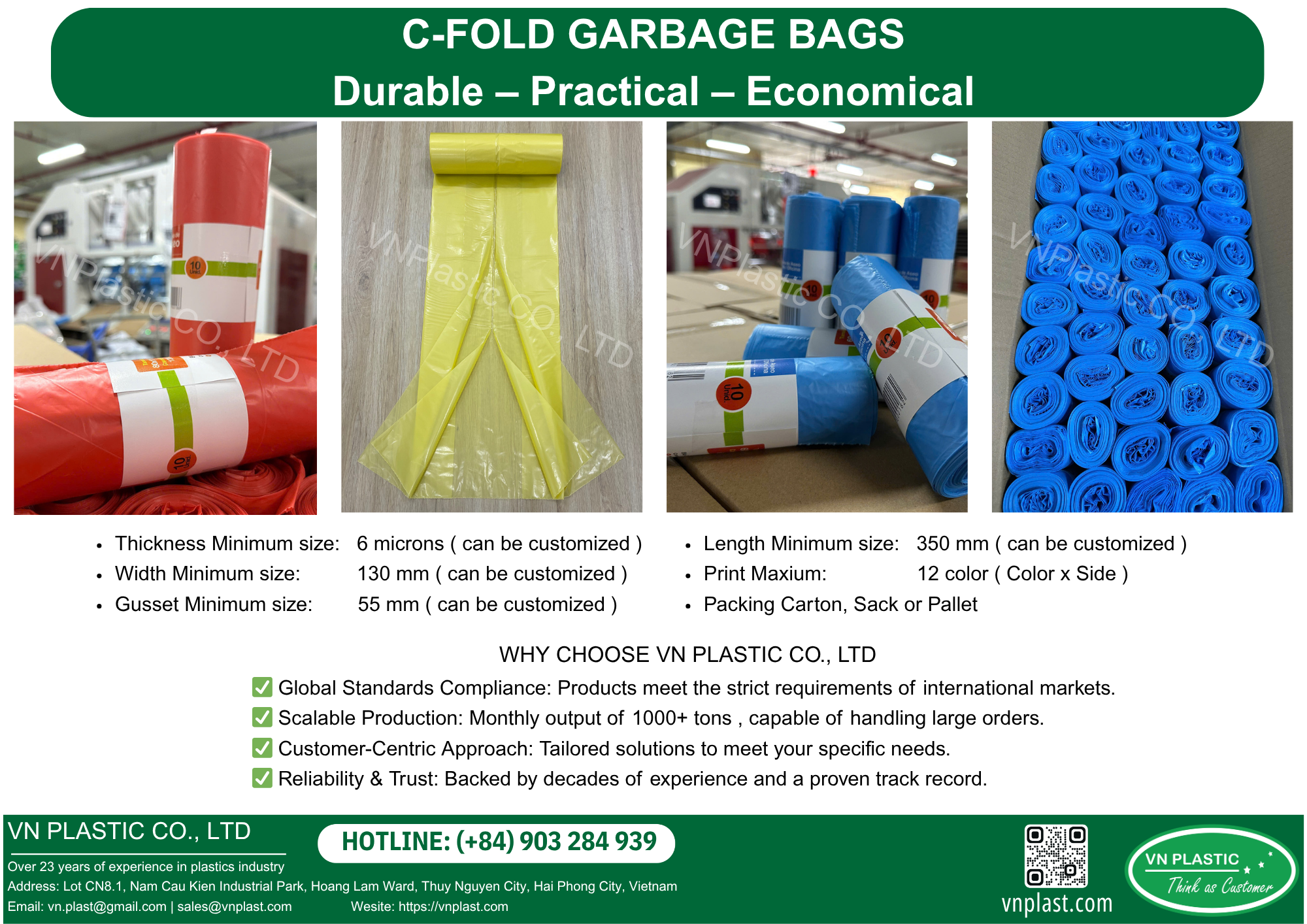A new report by IndexBox reveals the dynamics of the non-cellular polyethylene market in Europe, shedding light on consumption trends, production statistics, and trade patterns for 2024, along with forecasts extending to 2035. With demand on the rise, the market is poised for gradual growth, reflecting both consumer habits and economic conditions across the continent.
Market Overview

In 2024, the European market for non-cellular polyethylene films, sheets, foil, and strips is expected to consume approximately 5.4 million tons, valued at an estimated $16.2 billion. The market’s trajectory suggests continued growth, with a forecasted compound annual growth rate (CAGR) of 0.7% in volume and 1.6% in value leading up to 2035, when consumption is expected to reach 5.8 million tons and $19.4 billion in total market value.
Key Findings
- Top Consumers: In 2024, France, Germany, and Spain will emerge as the top consumers, accounting for 38% of total consumption.
- Growth Leader: Sweden, with a per capita consumption rate of 49 kg, is showing the most dynamic growth in both consumption volume and market value among leading countries.
- Production Hub: Germany is the dominant producer and exporter in this sector, reflecting significant intra-European trade with noteworthy levels of imports and exports (3.3 million tons of imports and 2.9 million tons of exports in 2024).
Forecast Insights
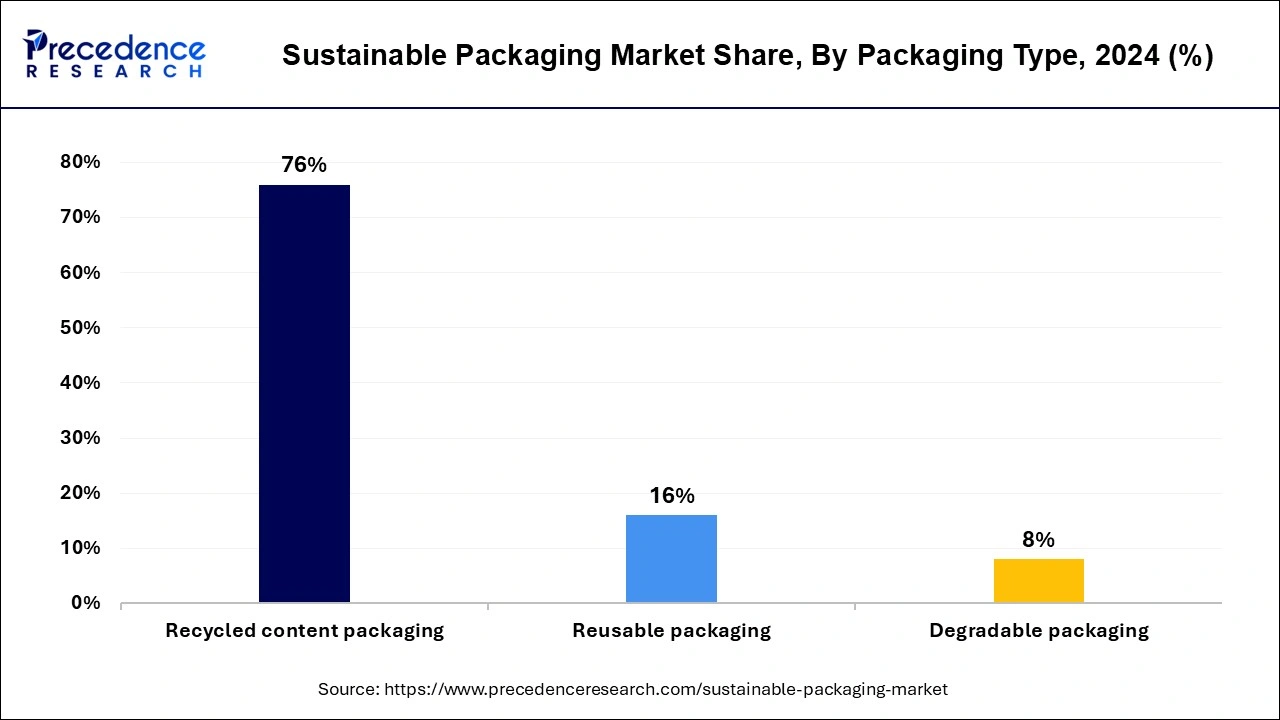
Demand for non-cellular polyethylene products is expected to increase steadily over the next decade. The market is set to expand at a CAGR of 0.7% in volume, while value is projected to grow by 1.6% from 2024 to 2035.
By the end of this period, the European market is anticipated to balance at 5.8 million tons, valued at $19.4 billion at nominal wholesale prices. This growth is largely attributed to the rising demand for various polyethylene products across multiple sectors, including packaging and construction.
Consumption Trends
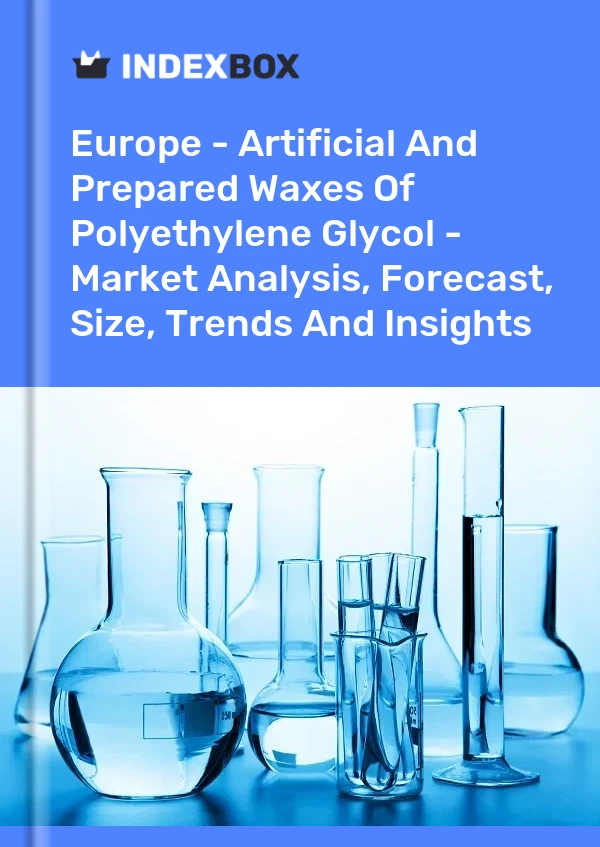
Consumption Dynamics
In 2024, consumption of non-cellular polyethylene films surged notably to 5.4 million tons, reflecting a 14% increase from the previous year. Despite record highs of 6.5 million tons in 2022, consumption figures had leveled off in the subsequent years.
The market value increased to $16.2 billion in 2024, marking a growth of 12% year-over-year. This total revenue encapsulates the earnings of producers and importers, excluding logistics costs and retailer margins. The consumption trend remained relatively stable, with fluctuations observed mainly in specific years.
Country-Wise Breakdown
The leading consumers of non-cellular polyethylene films in 2024 include:
- France: 745,000 tons
- Germany: 688,000 tons
- Spain: 604,000 tons
Collectively, these countries represented 38% of total consumption, while countries like Sweden, the UK, Italy, and Poland accounted for an additional 39%.
From 2013 to 2024, Sweden exhibited the highest growth rate in consumption at a CAGR of 8.2%, while other leading countries experienced more modest growth rates. In value terms, France led the way with a market value of $2.5 billion, followed by Germany ($2.1 billion) and Sweden ($1.7 billion).
Per Capita Consumption
Notably, Sweden’s per capita consumption of non-cellular polyethylene films reached 49 kilograms in 2024, well above the European average of 7.3 kg per person. Other countries like Belgium and Portugal also recorded significant per capita consumption figures, but they still fell short of Sweden’s standout performance.
Production Insights
Production Statistics
The production of non-cellular polyethylene in Europe rebounded in 2024, reaching 5.1 million tons—an increase of 13% from the previous year after two consecutive years of decline. Historically, production displays a relatively consistent growth pattern, with the most dynamic increase occurring in 2017.
In financial terms, production values mirrored those of consumption, registering at $16.2 billion in 2024. As with consumption, production figures had previously peaked at $20.7 billion in 2022 before falling in subsequent years.
Leading Producing Countries
Germany is the largest producer of non-cellular polyethylene products, contributing 887,000 tons in 2024, followed by Spain and France with 616,000 tons and 579,000 tons, respectively. Together, these three countries accounted for 41% of total production.
Sweden led growth rates among top producers with a CAGR of 6.8%, while the other leading countries saw more subdued production growth.
Imports and Exports
Import Statistics
In 2024, European imports of non-cellular polyethylene products rose sharply to 3.3 million tons—a 7% increase compared to the previous year. The average annual growth rate for imports from 2013 to 2024 was 2.6%.
In terms of value, imports grew to $9.5 billion in 2024, with notable peaks in 2022 before tapering off in the following years.
Major Importing Countries
The primary countries importing non-cellular polyethylene films in 2024 included:
- Germany: 418,000 tons
- France: 352,000 tons
- The Netherlands: 272,000 tons
- Spain: 225,000 tons
These countries collectively represented about 67% of total imports.
Export Statistics
On the export front, shipments of non-cellular polyethylene increased by 5% in 2024 to reach 2.9 million tons, ending a two-year decline. The average annual growth rate for exports was 1.0% from 2013 to 2024.
In financial terms, the export value for non-cellular polyethylene materials stood at $9.5 billion in 2024, indicating stable trends with periodic fluctuations throughout the years.
Leading Exporting Countries
Germany dominated exports with 618,000 tons, followed by Italy (303,000 tons) and Poland (285,000 tons), which collectively represented 67% of total exports. Notably, while Germany’s exports fell slightly over the past few years, emerging countries like Croatia saw substantial growth.
Pricing Trends
Import Prices
In 2024, the average import price for non-cellular polyethylene products in Europe was $2,888 per ton, reflecting a reduction of 4.3% from the previous year. The import prices tend to exhibit a relatively flat trend overall, with notable peaks recorded in prior years.
Prices varied among major importing countries; for example, the UK and Poland had higher average import prices at $3,523 and $3,326 per ton, respectively.
Export Prices
Conversely, the export price stood at $3,222 per ton in 2024, also down by 4.3% from the previous year, showing a similar trend of stabilization in pricing. The UK held the highest export price at $4,365 per ton, while Croatia had the lowest at $1,772 per ton among major exporting countries.
The period from 2013 to 2024 highlighted significant variation in prices, with the UK achieving the most notable increases among leading countries.
As the European market for non-cellular polyethylene continues to evolve, the insights from this report offer valuable benchmarks both for current stakeholders and prospective investors looking to navigate future opportunities and challenges in this sector.

